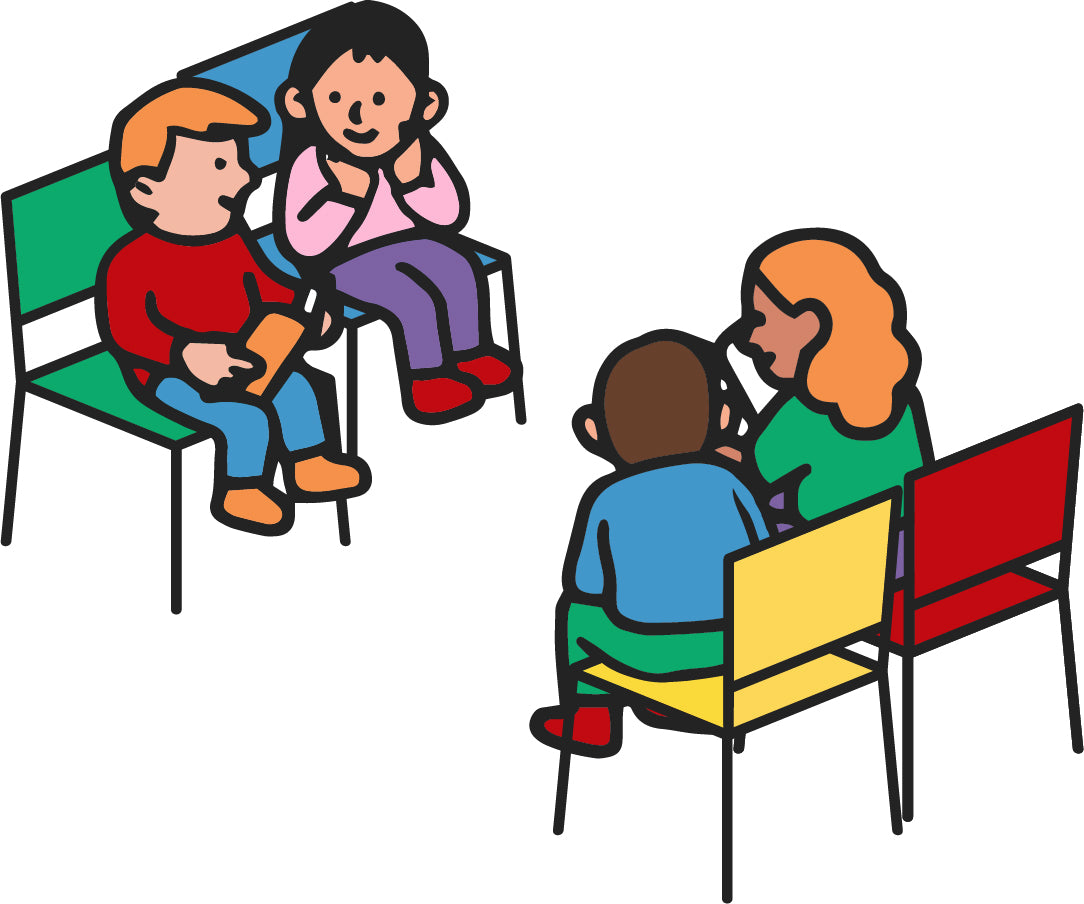
Partner Reading: A powerful social academic activity
If you are a middle or high school teacher DO NOT STOP READING. Please. Listen, I get it. I taught middle school for six years before teaching a split third and fourth grade in an elementary school. For months, I panicked that my sarcasm would make them cry or distrust me. More so, I was so nervous about "teaching reading". I mean in middle school they already knew how to read, so I just needed to keep them reading. Ha! That is what I thought, but I learned so much more when I started teaching elementary, but that's a blog for another day!
Partner reading, what is it, why encourage it, and how? Here are our thoughts about it and be sure to check out the resources below!
What is Partner Reading?
It is simply two people that share a book or text and work together to understand the reading material and it's content. Yes, it's that simple.
Why Partner Reading?
I didn't always implement partner reading in my classroom. Especially because I thought it was just an opportunity for friends to talk and not work. However, like all classroom strategies with thoughtful planning and clear objectives it is very effective.
According Ogle and Correa-Kovtun:
- It is an opportunity for students’ to read.
- Students can ask and answer their own questions and get immediate feedback from their partner.
- Students can practice using academic language without the pressure of the whole group.
How to plan for Partner Reading?

1. Determine partners. Consider who gets along well and can focus on the tasks at hand.
2. Select reading or a selection of readings that are at the students' independent reading level.
3. Clarify the purpose or objective of their reading.
4. Consider scaffolds that will make the time together more productive. Provide students with key questions that relate to essential questions and/or sentence stems. Consider giving them a timer or assigning specific pages or a certain number of pages.
Resources
“Supporting English-Language Learners and Struggling Readers in Content Literacy with the ‘Partner Reading and Content, Too’ Routine” by Donna Ogle and Amy Correa-Kovtun in The Reading Teacher, April 2010 (Vol. 63, #7, p. 532-542).
Armbruster, B., Lehr, F., & Osborn, J. (2001). Put Reading First: The Research Building Blocks for Teaching Children to Read. Center for the Improvement of Early Reading Achievement. National Institute for Literacy. http://www.nifl.gov/partnershipforreading/publications/reading_first1fluency.html.
Fuchs, D., Fuchs, L., & Burish, P. (2000). Peer-Assisted Learning Strategies: An Evidence-Based Practice to Promote Reading Achievement. Learning Disabilities Research and Practice, 15(2), 85-91.
Reading Rockets. "Partner Reading." https://www.readingrockets.org/strategies/partner_reading
Saenz, L., Fuchs, L., & Fuchs, D. (2005) Peer-Assisted Learning Strategies for English Language Learners with Learning Disabilities. Exceptional Children, (71).
Texas Education Agency. (2002). Fluency: Instructional Guidelines and Student Activities.
Vanderbilt Kennedy Center for Research on Human Development. (n.d.). Peer-Assisted Learning Strategies. Retrieved 2008, January 21, from http://kc.vanderbilt.edu/pals/.
You and your experiences are amazing resources! Please share with us on social or this post what is working in your classroom.

Leave a comment